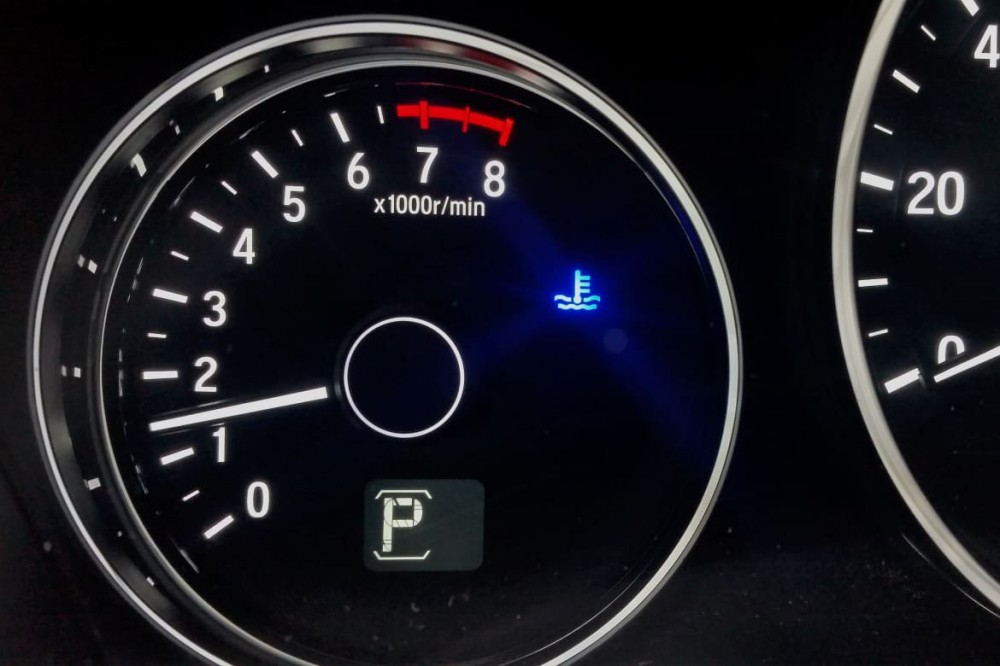Unless an engine overheats or fails to reach normal operating temperature after being driven for several miles, the thermostat that regulates the flow of coolant is probably working properly. Thermostats generally last for years — even for the lifetime of a vehicle — so why bother changing it?
Indeed, if it appears to be working, there probably isn't need for a new thermostat. However, if you're having other cooling system maintenance performed, such as replacing the coolant and/or the radiator hoses on a vehicle that's been in service for several years, it could be a good idea to replace the thermostat at the same time for peace of mind. That's particularly true if the upper radiator hose is being removed, as that's where many thermostats are located.
Aside from this type of preventive maintenance, a thermostat doesn't need to be replaced unless it stops opening and closing when it's supposed to. If it sticks in the closed position, that traps coolant in the engine so that it overheats. If it sticks in the open position, the coolant will constantly circulate through the engine and radiator, which can prevent the engine from reaching full operating temperature (and full efficiency) and reduce heat output from the climate system.
Among the signs that a thermostat isn't working are an engine that overheats or runs hotter than usual, or a cabin heater that fails to produce sufficient warm air. A faulty thermostat may also trigger the check engine light. Because these symptoms can be caused by other problems, the entire cooling system should be inspected by a pro before deciding to replace the thermostat.
Not getting enough heat in the interior is mainly a comfort issue, but overheating can cause serious engine damage and shouldn't be ignored. Most vehicles have a temperature gauge that gives a constant reading of the cooling system temperature, ranging from "C" to "H" or blue to red. In modern cars, the needle or bar graph will come to rest dead center, or just a notch or so toward the cold side, when the engine has reached optimum temperature. Cars with this gauge might also have a warning light for when the engine is running hotter than normal.

An increasing number of cars do away with the gauge and have a high-temperature warning light, either alone or supplemented by a separate indicator — typically a blue icon of a thermometer sitting in water — that comes on when you start a cold engine and stays lit until it reaches the proper operating temperature. If this indicator stays illuminated, there's a good chance the thermostat has stuck open.
A gauge can give a driver an early heads-up that something is wrong, but a warning light might not come on until the engine is so hot it needs to be turned off immediately to prevent damage.








